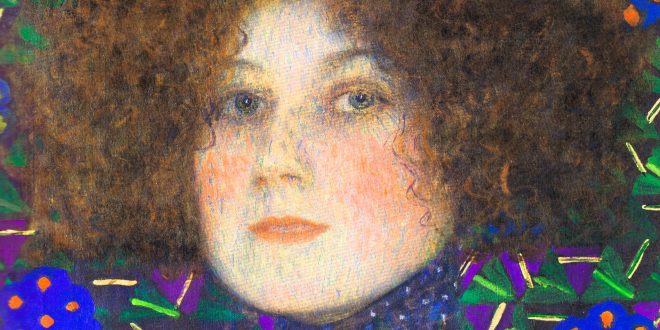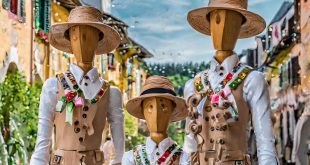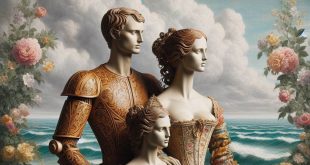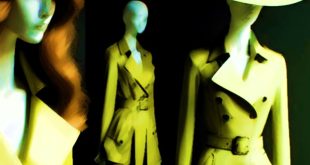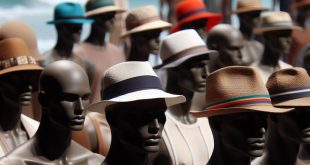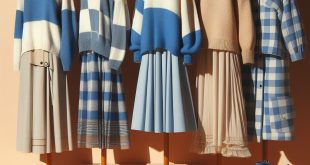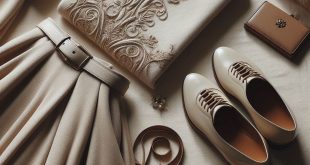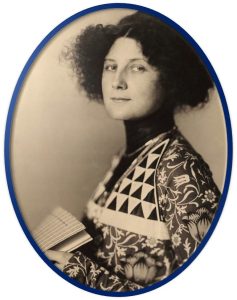
Emilie Flöge, an independent and visionary woman, a symbol of elegance and audacity.
Are you an art enthusiast or do you like exploring new creative horizons? Meeting Benches is a virtual meeting and inspiration place dedicated to travelers, artists, thinkers and dreamers from all over the world. Its virtual “benches” serve as a point of connection, allowing people to share art, travel stories and thoughts. The site celebrates art in all its forms, offering a space to explore the works of artists and thinkers from around the world, so consider it an invitation to slow down, reflect, and appreciate the beauty that surrounds us. On Meeting Benches, you can find a wide range of creative expressions ranging from poems and short stories, photographs that capture unique moments, visual works that showcase the creativity and technique of artists from around the world, but also digital images, as well as music and itineraries that inspire you to discover new places and cultures, even the Austrian designer Emilie Flöge. Click on Boutique Travels if you want to meet other stylists.
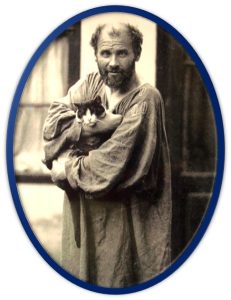
The intellectual properties of the images appearing in this post are to be reported to their owners. We want to tell you about a woman who, in addition to her contribution to fashion, is remembered for her independent spirit and her ability to innovate. Her influence extends beyond fashion, also touching the Viennese art and culture of her time. Emilie Flöge, a leading figure in the Viennese fashion world of the early twentieth century, was known not only for her talent and creativity, but also for her close bond with the painter Gustav Klimt.
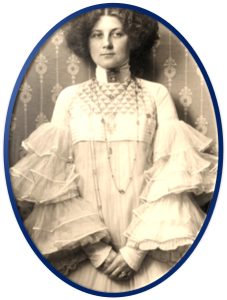
Emilie Flöge began her career as a dressmaker and, together with her sisters, opened a high fashion boutique called “Schwestern Flöge” in Vienna. The boutique quickly became a point of reference for Viennese fashion, attracting a high-class clientele thanks to its innovative and cutting-edge creations. Emilie was a pioneer of reformed clothing, a movement that aimed to free women from the constraints of the corset, offering more comfortable and flowing clothing. Some of Emilie Flöge’s most famous works include corsetless dresses that allowed for greater freedom of movement. These dresses, characterized by flowing lines and light fabrics, were often decorated with artistic motifs inspired by Art Nouveau.
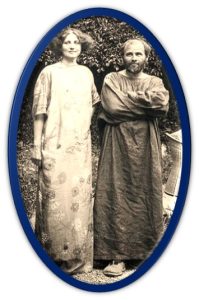
Emilie Flöge is often remembered as Gustav Klimt‘s muse. The two had a close and long-lasting relationship, and Klimt portrayed her in several works, including a famous oil painting from 1902. Although that painter had other relationships, Emilie remained a central figure in his life, so much so that her last words were a reminder to her. Her creations, often made with fine fabrics and enriched with hand-embroidered details, were elegant and sophisticated.
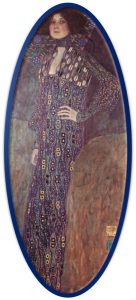
Emilie Flöge also designed outerwear that combined functionality and style, using innovative cuts and high-quality materials. Many of her creations reflected the influence of the “Viennese Secession” art movement, of which Gustav Klimt was a prominent member. This bond is clearly seen in the decorative motifs and stylistic lines of her dresses. Emile preferred to use high-quality materials that reflected her attention to detail and innovation. Some of the most common materials in her creations included silk, which she used for evening dresses and elegant pieces that stood out for their shine and fluidity.
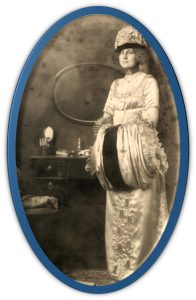
Velvet, on the other hand, a rich and soft fabric, was chosen by Emilie Flöge for more formal and sophisticated garments. For the reformed dresses, Emilie used light and breathable cotton, ideal for creating comfortable and practical garments. Used for coats and capes, wool offered warmth and comfort without sacrificing style. Furthermore, her dresses enriched with embroidery, lace and decorative motifs were inspired by Art Nouveau and the Viennese Secession. These materials not only guaranteed the quality of her creations, but also allowed her to express her artistic and innovative vision in fashion.
 Meeting Benches World art in all forms
Meeting Benches World art in all forms
